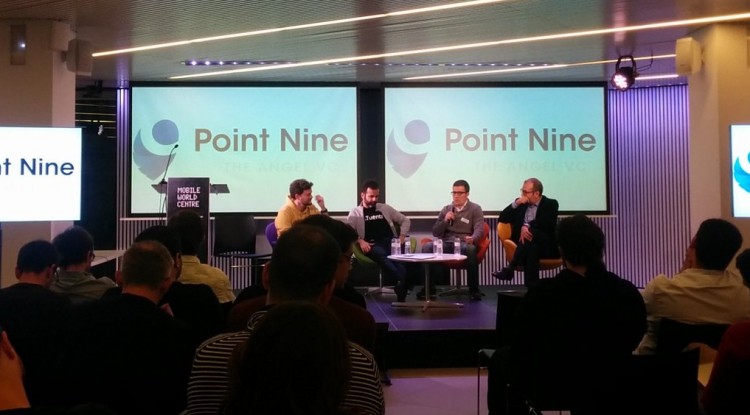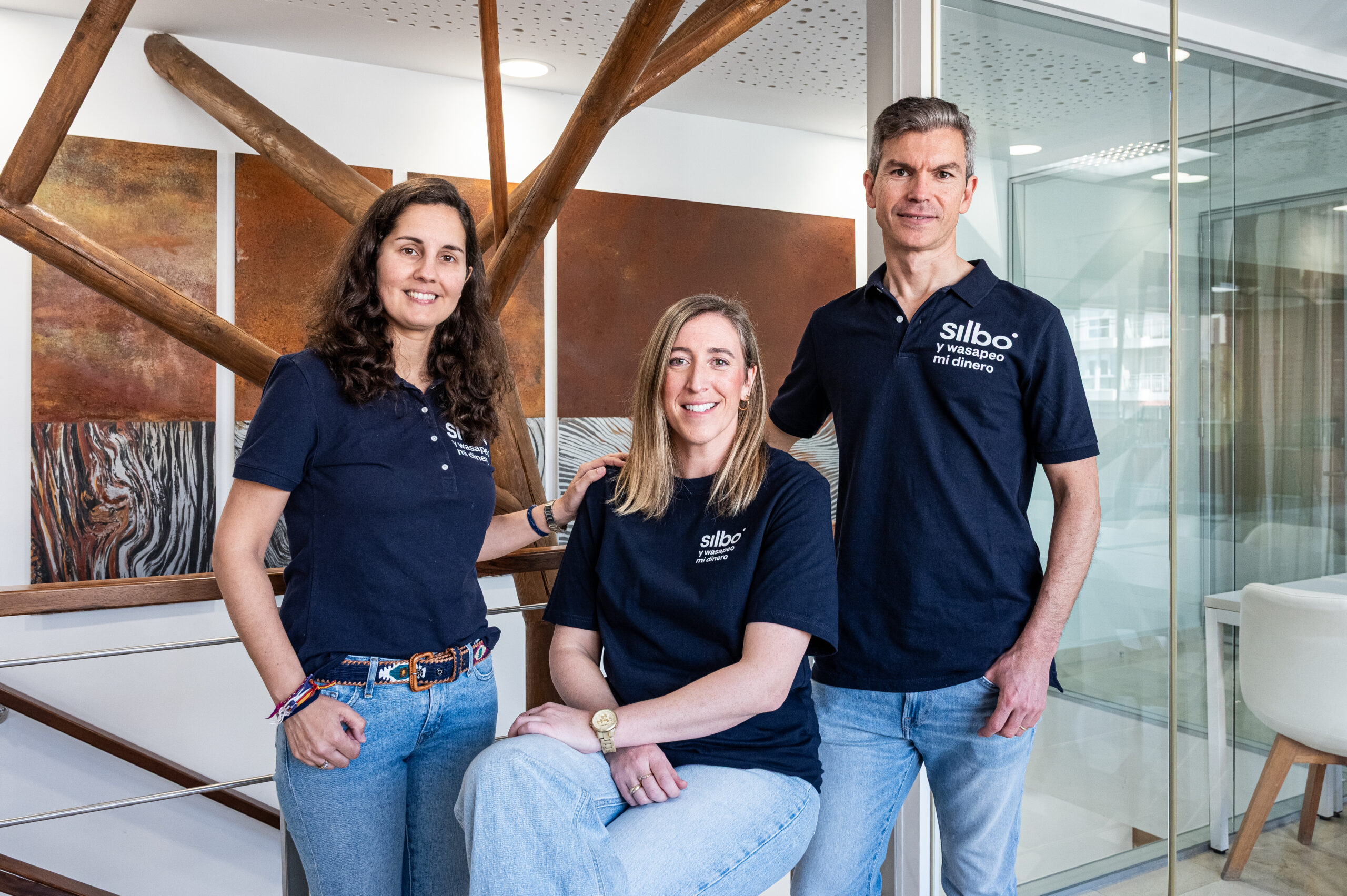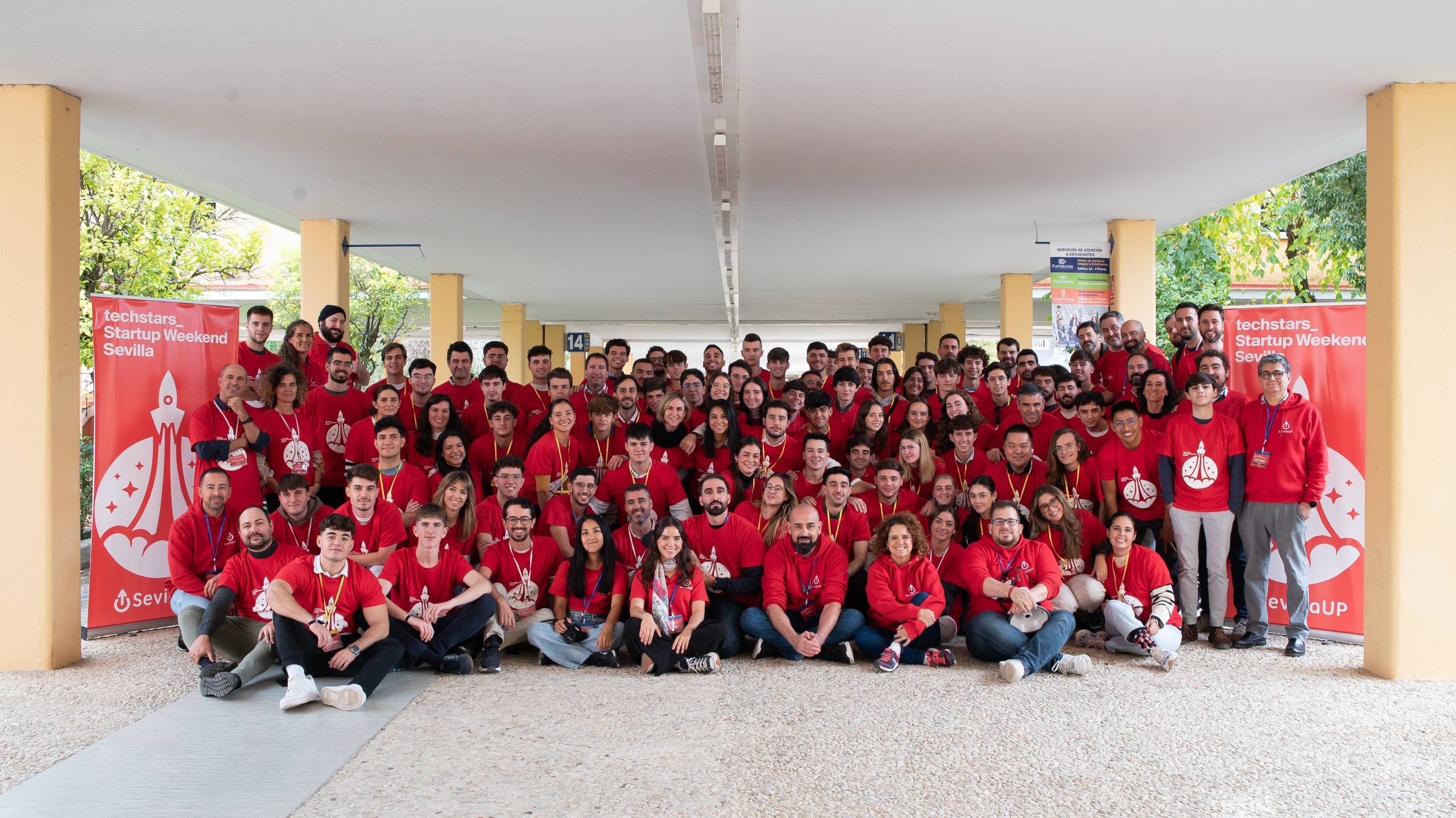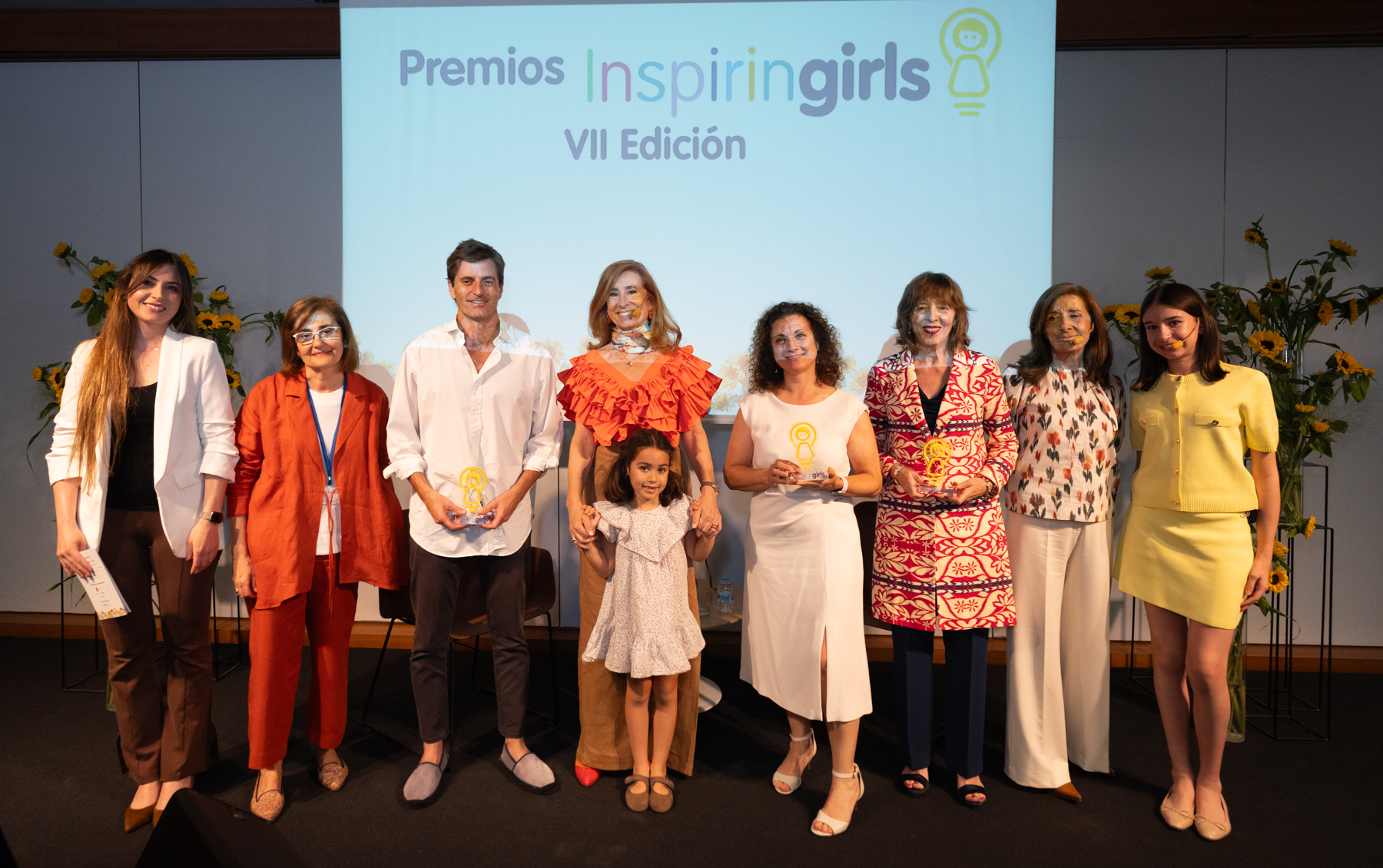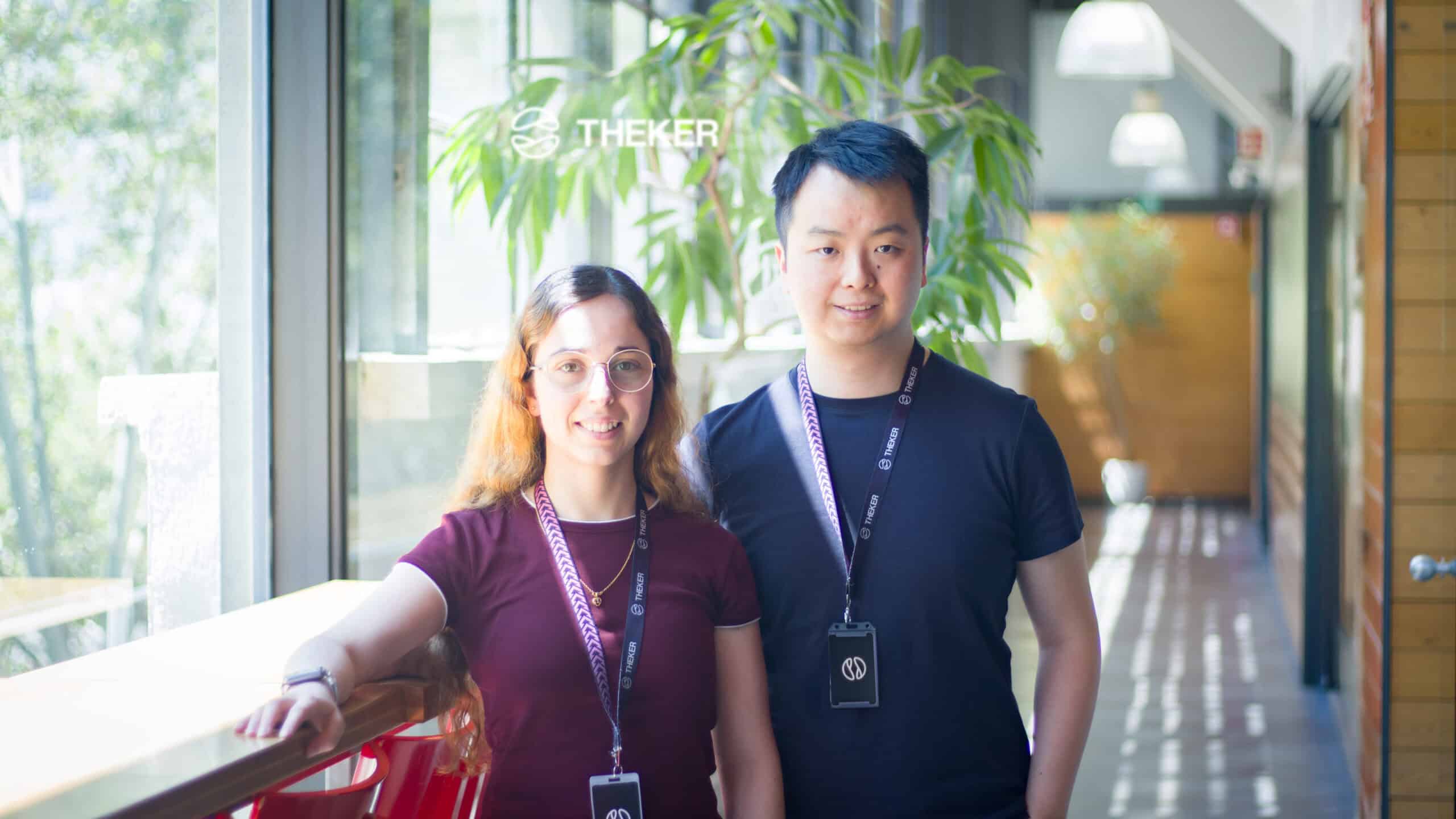Guest post: This post was written by Rodrigo Martinez, a Spanish early stage investor at Berlin-based VC firm Point Nine Capital.
For those who don’t know us, Point Nine Capital is an early stage investor based in Berlin. So far, we only have one investment in Spain – we invested in Typeform when they had 20,000 signups and no revenue.
At this stage, we know that the founders will face a steep learning curve. Our goal is to be their best partner and to provide close support. But we don’t have answers to all the questions, so connecting them with our portfolio and network is a key way we try to help them grow.
Business founders get plenty of support from us, but we realized that we didn’t spend enough time helping tech founders. Most of the time, they’re first time CTOs, so they have to learn how to scale teams, processes and technology. To try to solve that, we did our first CTO meetup in Berlin.
<End of advertisement />
As I mentioned in a previous article, in Spain there are very promising developments. However, the ecosystem is still young and fragmented between Madrid and Barcelona. Probably because of that, there’s a lack of communication between the key players and the lessons learned are not spread quickly enough.
Business founders are still somehow connected, but the challenge for CTOs here is even higher.
Therefore, we decided to put together a meetup for the top startups and tech’s CTOs in Spain that we could reach out to. On Friday November 27, more than 80 CTOs and VPs at some of the most well-known startups in Spain joined us to discuss the lessons they are learning while building successful products and teams.
Here I will summarize some of the key messages, with the hope that these will also be helpful to other CTOs who could not join us – you can also follow some of them on Twitter.
5 tips to scale teams
- Invest in people, that’s the answer to all problems: some common practices we heard of are to allow teams to spend time learning, to not forget about showing appreciation for jobs well done, to coach people, to always keep hiring in competitive roles, etc.
- Define company values: that might sound like corporate bullshit to most engineers, but it helps to get to faster decision making and it allows you to be aligned on your decisions when you have a larger team.
- Create a hiring brand: everybody mentioned that hiring tech talent is very hard. You need to make yourself attractive to developers – and the answers shouldn’t be only cash. The companies that struggled less to hire developers used their employees as their best ambassadors. We also learned that a hard hiring process attracted talented engineers at the early days of Tuenti.
- Define the right incentives: when companies grow, the challenges to manage diversity will start to kick in. An employee in his 20s will probably be more focused on the upside (thus training, equity, etc are good tools to remunerate), while somebody in his 40s will look for balance (family time, cash to pay mortgage/schools, etc). On a not so positive note, it’s important to highlight that I couldn’t find a single female CTO to join us. There’s a big problem with diversity in our industry.
- Good communication will only get more challenging: as the leader on the team, you need to make sure that you set processes to get fluent communication – 1 on 1s are mandatory, make sure you spend time with that.
Some other cool initiatives: a manager has every day a 9:30 coffee with a different employee. One year later, he has spoken several times and in private with all of his employees. Another company organized volunteer blindlunches, so people from different departments get to know how other areas work.
Bonus: Hire from tuenti, apparently that’s what everybody does.
5 tips to scale technology
- Invest in people, that’s also the answer here.
“Tech is a team sport, no space for rock stars” – John Carbajal, CTOat @ Kantox.
- Optimize for speed of development – don’t over-scale: solve problems as they appear, but invest early in monitoring -not only when issues happen- so it gets less messy to identify the sources of problems and to solve them.
- Build vs buy: think about the cost of building AND maintaining a feature in terms of engineering hours. Focus only on what’s core for your product and don’t reinvent the wheel – ie. some people even outsourced database management.
- Mobile is still very early: it’s hard to support all different platforms, versions, screen sizes, etc. You will have to make decisions on when to stop. There are also plenty of new challenges that you don’t have on the web – like doing proper QA in mobile is hard, due to the fact that virtualization doesn’t give you the same feeling; some people do QA in the elevator.
- Bonus: build relationships with Apple, you might need them to release a new version under preasure.
5 tips to scale processes
- Set the right priority: you have to choose if you accept growing fast AND breaking up things – you can’t be fast without breaking things.
- Be lean, test a lot, measure and iterate: after customers ask for it, first do a basic MVP for them, then validate if the metrics prove the case. After that, in the next iteration, spend time building a more solid product. Also, remember to kill stuff you don’t use!
“MRR is THE metric, but hard to translate into developers’ priorities. We focus on customer engagement as a proxy” – Jordi Romero, CTO @ Redbooth
- Understand who drives product, make sure they listen to customers: there’s no common answer if product should be inside or outside the tech organization, but it’s important to know how you get customers’ feedback in the product cycle – somebody has to speak with customers!
- Make clear rules to prioritize jobs: bugs-first? when is a bug a top priority? when do you refactor? when is it done? or ‘done done’?
“When something is ‘done’ is different in different countries, learn about it! In some countries in Latam, you might need to add 4 days to get into the stage of ‘done’ in US,” – Joan Villalta, VP @ Scytl
- Follow best practices in mature processes: allow one click test-and-deploy, test to make users happy, try to avoid developers messing directly with servers, etc.
I want to use the final words to thank everybody involved: the attendees were very engaged which enriched a lot of the conversations. There was a huge amount of talent in the panels, but no less sitting in the audience. Spanish investors were very helpful in introducing us to their CTOs; it’s hard to attract +80 CTOs without their help. Oh, and also without Caixa Capital Risc, AWS, Wayra and MWC we wouldn’t have had a venue, food and beers 🙂




